Home>Home Maintenance>What Is The Purpose Of Having A Ventilation System On Board A Motorized Vessel
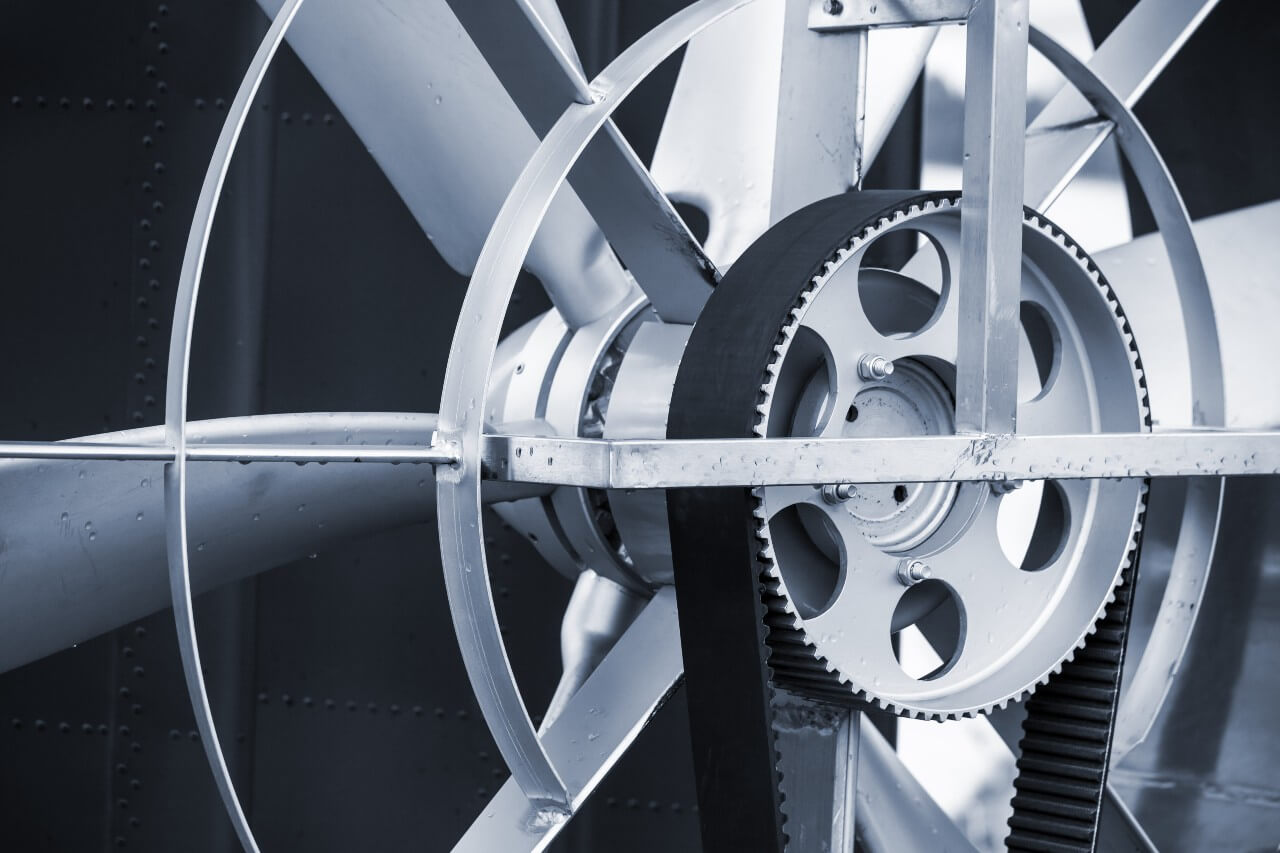

Home Maintenance
What Is The Purpose Of Having A Ventilation System On Board A Motorized Vessel
Modified: August 28, 2024
Learn the importance of having a ventilation system on board a motorized vessel for optimal home maintenance and safety.
(Many of the links in this article redirect to a specific reviewed product. Your purchase of these products through affiliate links helps to generate commission for Storables.com, at no extra cost. Learn more)
Introduction
When it comes to motorized vessels, ensuring a safe and comfortable environment on board is essential. One crucial aspect of maintaining a healthy and functional vessel is having a proper ventilation system in place. A ventilation system serves the important purpose of regulating air flow and improving the overall air quality within the vessel. This not only provides a more comfortable experience for those on board but also helps to prevent potential hazards and risks.
In this article, we will explore the importance of ventilation systems on motorized vessels, discuss the functionality and components of these systems, and highlight the benefits of having a ventilation system on board. We will also cover the regulatory requirements and safety standards that apply to ventilation systems, as well as provide some maintenance and troubleshooting tips to keep your system running smoothly.
So, whether you are a boat owner, a marine enthusiast, or someone simply interested in understanding more about ventilation systems on motorized vessels, read on to discover the purpose and significance of having a well-designed and properly functioning ventilation system on board.
Key Takeaways:
- Proper ventilation systems on boats are crucial for maintaining a safe and comfortable environment, preventing hazardous gases, and reducing the risk of fire, ensuring a worry-free boating experience.
- Understanding and complying with regulatory requirements, regular maintenance, and troubleshooting are essential for keeping ventilation systems on motorized vessels in top condition and ensuring a safe and enjoyable boating experience.
Importance of Ventilation Systems on Motorized Vessels
Ventilation systems play a crucial role in creating a safe and comfortable environment on motorized vessels. Here are some key reasons why these systems are of utmost importance:
- Ensuring Proper Air Quality: Motorized vessels, especially those with enclosed spaces like cabins or engine rooms, can quickly become filled with stale air, odors, and potentially harmful gases. A ventilation system helps to remove these pollutants and maintain a fresh and breathable atmosphere inside the vessel. It also helps to prevent the buildup of moisture, reducing the risk of mold and mildew.
- Preventing the Accumulation of Hazardous Gases: Engine exhaust fumes, fuel vapors, and other potentially toxic gases can accumulate in the enclosed spaces of a motorized vessel. Adequate ventilation helps to remove these gases, minimizing the health risks for those on board. It is particularly crucial in areas like the engine room, where ventilation can prevent the buildup of carbon monoxide, which is known to be extremely dangerous if inhaled in high concentrations.
- Reducing the Risk of Fire: Ventilation systems play a significant role in reducing the risk of fire on motorized vessels. By maintaining proper airflow, these systems help to remove flammable gases and prevent the accumulation of fuel vapors, reducing the likelihood of combustion. In case of a fire, a well-designed ventilation system can also help to remove smoke and improve visibility, aiding in the safe evacuation of passengers.
- Enhancing Comfort: Adequate ventilation improves the overall comfort level for those on board a motorized vessel. It helps to regulate the temperature, reducing excessive heat buildup in enclosed spaces and preventing discomfort due to poor air circulation. This is particularly important during warmer months or in tropical climates where the heat can be quite oppressive.
- Preventing Corrosion and Damage: Moisture accumulation can cause significant damage to components and equipment on a motorized vessel. A good ventilation system helps to control humidity levels and prevent excess moisture buildup, thus reducing the risk of corrosion, rust, and damage to vital systems.
In summary, ventilation systems on motorized vessels are essential for maintaining a healthy and safe environment. They help to ensure proper air quality, prevent the accumulation of hazardous gases, reduce the risk of fire, enhance comfort, and protect against corrosion and damage. By investing in a well-designed and properly functioning ventilation system, boat owners can significantly improve the overall experience on board, creating a safer and more enjoyable environment for all.
Functionality and Components of Ventilation Systems
Understanding the functionality and components of a ventilation system is crucial for ensuring its effective operation on motorized vessels. Let’s explore the key aspects:
Airflow and Circulation: The primary function of a ventilation system is to facilitate the movement of air and create a continuous flow of fresh air throughout the vessel. This is achieved through a combination of intake vents and exhaust vents strategically placed in different locations on the boat.
Intake Vents: Intake vents are typically located at the lower parts of the vessel, near the floor or below the waterline. These vents allow fresh air to enter the vessel, ensuring a constant supply of oxygen and promoting air circulation.
Exhaust Vents: Exhaust vents are positioned at higher points on the boat, such as near the roof or on the upper sides. These vents allow stale air, odors, and potentially harmful gases to be expelled outside the vessel.
Ducts and Fans: Ventilation systems often utilize ducts and fans to help direct the flow of air. Ducts provide a pathway for the movement of air from the intake vents to the exhaust vents, while fans help to improve air circulation by pulling fresh air in and pushing stale air out.
Filters: Filters are crucial components of ventilation systems, especially for intake vents. They help to remove dust, debris, and other particulate matter from the incoming air, ensuring cleaner and healthier air quality inside the vessel.
Controls and Monitoring: Many modern ventilation systems come equipped with controls and monitoring features. These allow boat owners to adjust the speed of fans, control the direction of airflow, and monitor the air quality inside the vessel. Some advanced systems may even have automated sensors that detect the presence of harmful gases or excessive humidity, triggering the ventilation system to activate or adjust accordingly.
Backup Systems and Safety Measures: In order to ensure the reliability and safety of ventilation systems, backup systems and safety measures are often implemented. These may include backup power sources, such as generators or batteries, to maintain ventilation in case of a power failure. Additionally, safety measures like vents with flame arrestors or shut-off valves may be installed to prevent the spread of fire or block the intake of water during rough seas.
By understanding the functionality and components of ventilation systems, boat owners can make informed decisions about the design, installation, and maintenance of their vessels’ ventilation systems. This knowledge helps to ensure optimal airflow, improve air quality, and create a safe and comfortable environment on board.
Ensuring Proper Airflow and Circulation
Proper airflow and circulation are essential for the effective operation of a ventilation system on motorized vessels. Here are some key factors to consider in order to ensure optimal airflow:
Placement of Intake and Exhaust Vents: The strategic placement of intake and exhaust vents is crucial for achieving proper airflow. Intake vents should be positioned lower in the vessel, near the floor or below the waterline, to allow fresh air to enter. Exhaust vents should be located higher up, near the roof or on the upper sides, to enable the expulsion of stale air and gases.
Ventilation Pathways: It’s important to ensure clear and unobstructed pathways for the movement of air throughout the vessel. Check that vents, ducts, and fans are free from any blockages, debris, or damage that can impede the airflow. Regularly clean and inspect these components to maintain a smooth flow of air.
Proper Sizing and Configuration: The sizing and configuration of the ventilation system should be appropriate for the size and layout of the vessel. Consider factors such as the volume of the enclosed spaces, the number of occupants, and the specific ventilation requirements of different areas. Consult with professionals or refer to industry guidelines to determine the optimal size and configuration of the system.
Balance Between Intake and Exhaust: Achieving a balanced airflow between intake and exhaust is crucial for effective ventilation. Make sure that the intake vents provide a sufficient amount of fresh air to balance with the exhaust vents’ ability to expel stale air. Proper balancing ensures a continuous flow of fresh air while preventing the buildup of pressure or the formation of stagnant zones.
Consider Natural Ventilation: Natural ventilation, such as utilizing windows, hatches, or vents that can be opened, can supplement the mechanical ventilation system. Natural airflow can help in maintaining air exchange during more moderate weather conditions or when the engine is not running. It is also beneficial to have cross-ventilation by placing intake and exhaust vents on opposite sides of the vessel to promote better airflow.
Regular Maintenance: Proper maintenance is crucial to ensure the continued effectiveness of the ventilation system. Clean or replace filters regularly to prevent clogging and ensure efficient airflow. Clear out any debris or obstructions from vents and ducts. Inspect fans and motors for proper functioning and lubricate them as necessary. Regular maintenance helps to extend the lifespan of the system and maintain optimal airflow.
Consider Air Quality Monitoring: To ensure the air quality inside the vessel remains at a safe and comfortable level, consider installing air quality monitoring devices. These devices can measure factors such as temperature, humidity, and the presence of harmful gases. Monitoring air quality helps alert you to any issues or anomalies that may require adjustment or maintenance of the ventilation system.
By paying attention to these considerations and implementing proper airflow and circulation strategies, boat owners can ensure that their ventilation systems effectively and efficiently regulate the air quality inside the vessel, promoting a safe and comfortable environment for all on board.
A ventilation system on a motorized vessel helps to remove fumes, odors, and excess moisture from the enclosed spaces, ensuring a safe and comfortable environment for passengers and crew. Regular maintenance of the ventilation system is important to ensure it functions properly.
Benefits of Having a Ventilation System on Board
A properly functioning ventilation system offers a multitude of benefits for motorized vessels. Here are some key advantages of having a ventilation system on board:
- Enhanced Air Quality: One of the primary benefits of a ventilation system is improved air quality. By continuously circulating fresh air and expelling stale air, the system helps to remove odors, humidity, and potentially harmful gases. This contributes to a healthier and more comfortable environment for all occupants on board.
- Reduced Risk of Condensation and Mold: Moisture buildup can be a recurring issue on vessels, leading to condensation and the growth of mold and mildew. A ventilation system helps to control humidity levels and prevent excess moisture accumulation. This reduces the risk of condensation on surfaces and inhibits the growth of mold, protecting the vessel and the health of those on board.
- Improved Comfort: Adequate ventilation plays a significant role in enhancing comfort on board. It helps regulate temperature by reducing heat buildup in enclosed spaces and promoting better air circulation. This is particularly important during hot weather or when the vessel is stationary. By maintaining a comfortable onboard environment, a ventilation system allows passengers to enjoy their time on the water to the fullest.
- Fire Prevention and Safety: Proper ventilation is crucial for fire prevention and safety on board. A ventilation system helps to remove flammable gases, fuel vapors, and smoke from enclosed spaces. It improves visibility during emergencies, aiding in evacuation efforts. By minimizing the risk of fire and facilitating rapid response in case of an incident, a ventilation system contributes to the overall safety of the vessel and its occupants.
- Protection of Equipment and Components: Excessive heat and humidity can cause damage to electrical equipment, machinery, and other components on a vessel. A ventilation system helps to dissipate heat and maintain optimal operating conditions, protecting valuable equipment and extending its lifespan. By preventing the accumulation of moisture and reducing the risk of corrosion, the system also safeguards critical systems on board.
- Compliance with Regulatory Requirements: Many maritime authorities have specific regulations regarding ventilation systems on motorized vessels. Having a properly functioning ventilation system helps ensure compliance with these requirements, avoiding potential penalties or operational restrictions. It is important to familiarize oneself with the applicable regulations and standards to ensure that the ventilation system meets all necessary criteria.
In summary, the benefits of having a ventilation system on board a motorized vessel are significant. A ventilation system improves air quality, reduces the risk of condensation and mold, enhances comfort, prevents fires, protects equipment and components, and ensures compliance with regulatory requirements. By investing in a reliable ventilation system and properly maintaining it, boat owners can enjoy a safer, more comfortable, and healthier boating experience for themselves and their passengers.
Read more: What To Do If You Don’t Have A Range Hood
Regulatory Requirements and Safety Standards for Ventilation Systems
Regulatory requirements and safety standards for ventilation systems on motorized vessels are in place to ensure the safety of passengers and crew members. Compliance with these regulations is essential to maintain a safe and well-functioning vessel. Here are some key aspects to consider:
- International Maritime Organization (IMO) Standards: The International Maritime Organization (IMO) sets global standards and regulations for maritime safety and environmental protection. The IMO’s guidelines cover various aspects of ventilation systems, including requirements for engine room ventilation, fire dampers, explosion protection, and ventilation ducts. It is important to consult the IMO’s guidelines and ensure compliance with relevant standards.
- Local Maritime Authority Requirements: In addition to international standards, local maritime authorities may impose their own specific regulations and requirements for ventilation systems. These regulations can vary depending on the jurisdiction and the type of vessel. It is crucial to research and understand the requirements set forth by the local maritime authority to ensure compliance.
- Fire Safety Standards: Ventilation systems play a vital role in fire prevention and safety on board. As such, there are strict fire safety standards that apply to ventilation systems. These standards may include requirements for fire dampers, which are devices that prevent the spread of fire and smoke through ventilation ducts. Proper installation and maintenance of fire dampers are essential to ensure compliance with fire safety standards.
- Explosion Protection: Vessels that carry flammable materials or are at a higher risk of explosion must adhere to specific explosion protection requirements for their ventilation systems. These requirements may include the use of explosion-proof fans, ducts, or switches. Understanding the explosion protection standards for ventilation systems is crucial to prevent accidents and ensure the safety of the vessel and its occupants.
- Gas Detection and Monitoring: Depending on the type of vessel and its operations, there may be requirements for gas detection and monitoring systems. These systems are designed to detect the presence of hazardous gases, such as carbon monoxide or fuel vapors, and trigger appropriate alarms or safety procedures. Compliance with gas detection and monitoring standards is crucial to protect against health hazards and potential accidents.
- Maintenance and Inspection Requirements: Regulatory requirements also encompass the proper maintenance and inspection of ventilation systems. Regular inspections, performance testing, and maintenance logs may be required to demonstrate compliance and ensure the continued effectiveness of the system. Proper record-keeping and adherence to maintenance schedules are essential for meeting regulatory requirements.
It is important for vessel owners and operators to familiarize themselves with the specific regulations and safety standards that apply to their vessel’s ventilation system. By understanding and complying with these requirements, boat owners can ensure the safety of their vessel, protect the well-being of those on board, and avoid potential legal and operational risks.
Maintenance and Troubleshooting of Ventilation Systems
Maintaining and troubleshooting ventilation systems on motorized vessels is essential to ensure their efficient and effective operation. Regular maintenance helps to prevent issues and prolong the lifespan of the system, while troubleshooting allows for prompt identification and resolution of any problems that may arise. Here are some key maintenance and troubleshooting tips:
Regular Inspection and Cleaning: Conduct regular inspections of the ventilation system to check for any signs of wear, damage, or obstructions. Clean ventilation vents, ducts, and fans to remove any dirt, dust, or debris that may impede airflow. Use a brush or vacuum to clean intake and exhaust vents, and ensure that filters are cleaned or replaced as necessary.
Check for Proper Airflow: Monitor the airflow of the ventilation system to ensure it is functioning as intended. Stand near the intake vents and feel for a steady flow of fresh air. Check the exhaust vents to ensure that stale air is being expelled properly. If there are signs of insufficient or uneven airflow, it may indicate a blockage or malfunction that needs to be addressed.
Inspect Fans and Motors: Fans and motors are critical components of a ventilation system. Regularly inspect these components for proper functioning and lubricate them as needed. Look out for any unusual noises, vibrations, or signs of wear that could indicate a problem. Promptly address any issues with fans and motors to maintain optimal airflow.
Monitor Humidity Levels: Keep an eye on the humidity levels inside the vessel. Excessive humidity can lead to condensation, mold growth, and corrosion. Utilize dehumidifiers or adjust ventilation settings to maintain appropriate humidity levels. Regularly inspect areas prone to moisture buildup, such as cabins or bathrooms, and address any issues promptly to prevent damage and maintain air quality.
Test Carbon Monoxide Detectors: For vessels with fuel-burning appliances, engine rooms, or enclosed spaces, carbon monoxide detectors are crucial safety devices. Regularly test these detectors to ensure they are functioning properly. Replace batteries as needed and follow manufacturer guidelines for testing frequency and maintenance.
Address Odors or Foul Smells: If there are persistent odors or foul smells inside the vessel, it may indicate an issue with the ventilation system. Investigate the source of the smell, such as blocked vents or stagnant water, and address it promptly. Clean and sanitize affected areas to maintain a fresh and pleasant onboard environment.
Seek Professional Help: If you encounter persistent issues with your ventilation system or are unsure how to troubleshoot a problem, it is advisable to seek professional assistance. HVAC technicians or marine professionals with expertise in ventilation systems can provide expert diagnosis, repairs, or maintenance services to ensure the proper functioning of your system.
Maintain Documentation: Keep records of maintenance activities, inspection logs, and repairs performed on the ventilation system. This documentation serves as a comprehensive reference and can be crucial for demonstrating compliance with regulatory requirements or warranty claims.
By following these maintenance and troubleshooting tips, boat owners can ensure that their ventilation systems operate efficiently and effectively, providing a safe and comfortable environment on board their motorized vessels.
Conclusion
A well-designed and properly functioning ventilation system is crucial for motorized vessels, offering numerous benefits for the safety, comfort, and overall enjoyment of those on board. From improving air quality and preventing the accumulation of hazardous gases to reducing the risk of fire and protecting equipment, ventilation systems play a vital role in maintaining a healthy and safe environment.
By adhering to regulatory requirements and safety standards, boat owners can ensure compliance and avoid potential penalties or operational restrictions. Regular maintenance and troubleshooting are essential to keep the ventilation system in top condition, prevent issues, and address any problems that may arise promptly.
Remember to regularly inspect and clean the system, monitor airflow and humidity levels, and test carbon monoxide detectors. Seek professional help when needed and maintain proper documentation of maintenance activities to ensure compliance and facilitate warranty claims. By doing so, boat owners can enjoy a safe, comfortable, and worry-free boating experience.
Whether you are a boat owner, a marine enthusiast, or someone interested in understanding ventilation systems on motorized vessels, the knowledge gained from this article should serve as a good starting point for ensuring a well-designed and properly functioning ventilation system on your vessel.
So, invest in your vessel’s ventilation system, stay compliant with regulations, and enjoy your time on the water with peace of mind and a comfortable environment for all on board.
Frequently Asked Questions about What Is The Purpose Of Having A Ventilation System On Board A Motorized Vessel
Was this page helpful?
At Storables.com, we guarantee accurate and reliable information. Our content, validated by Expert Board Contributors, is crafted following stringent Editorial Policies. We're committed to providing you with well-researched, expert-backed insights for all your informational needs.
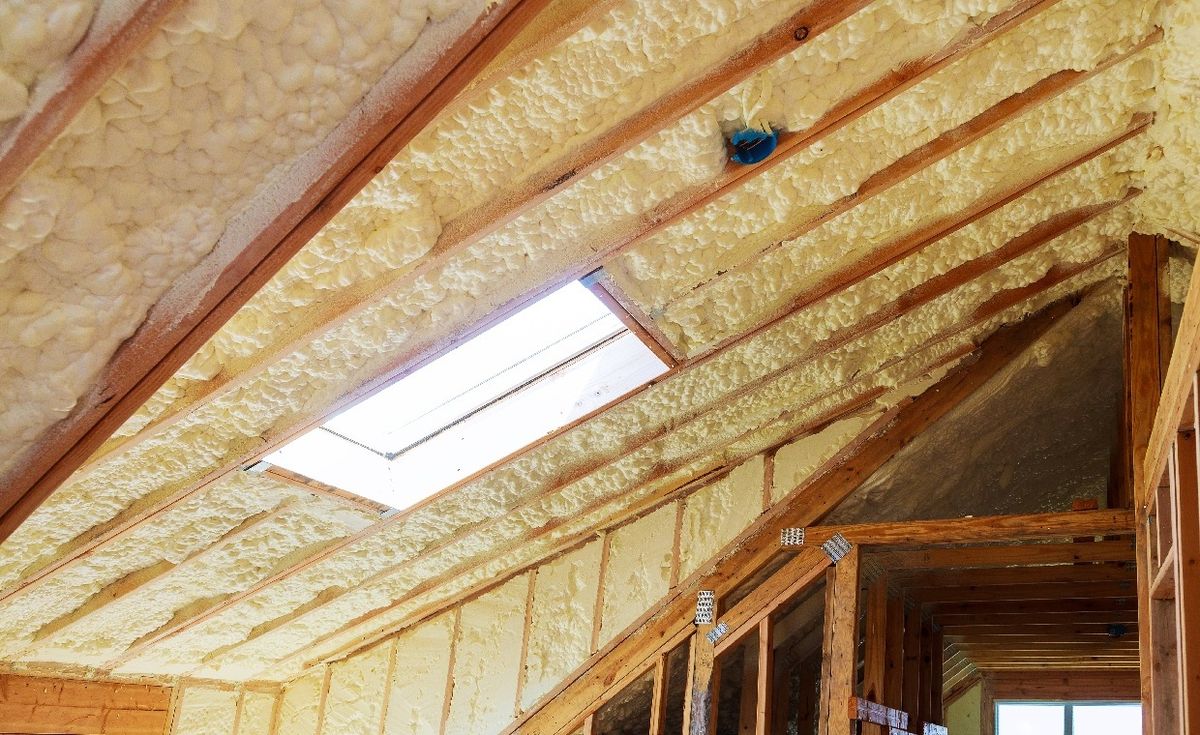

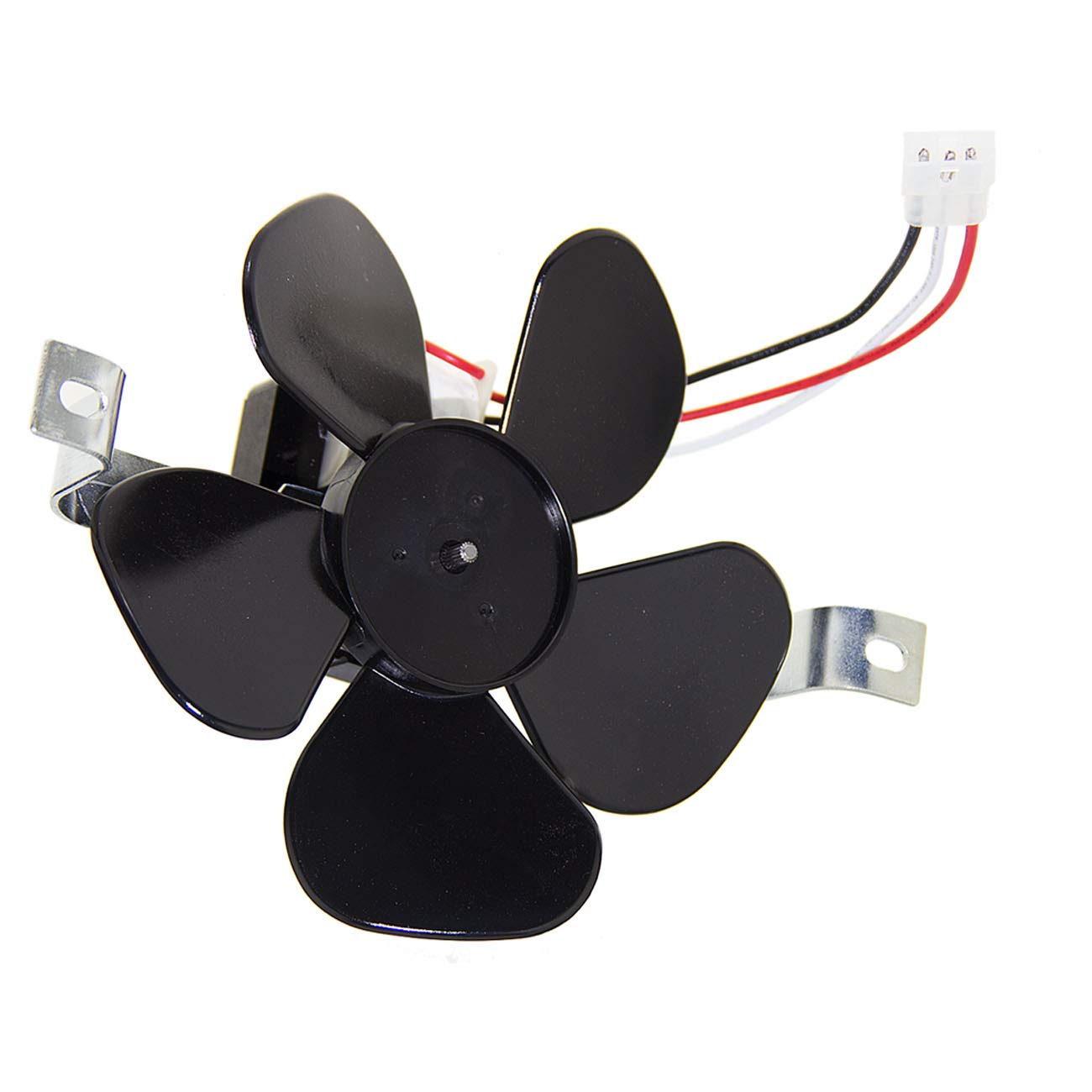



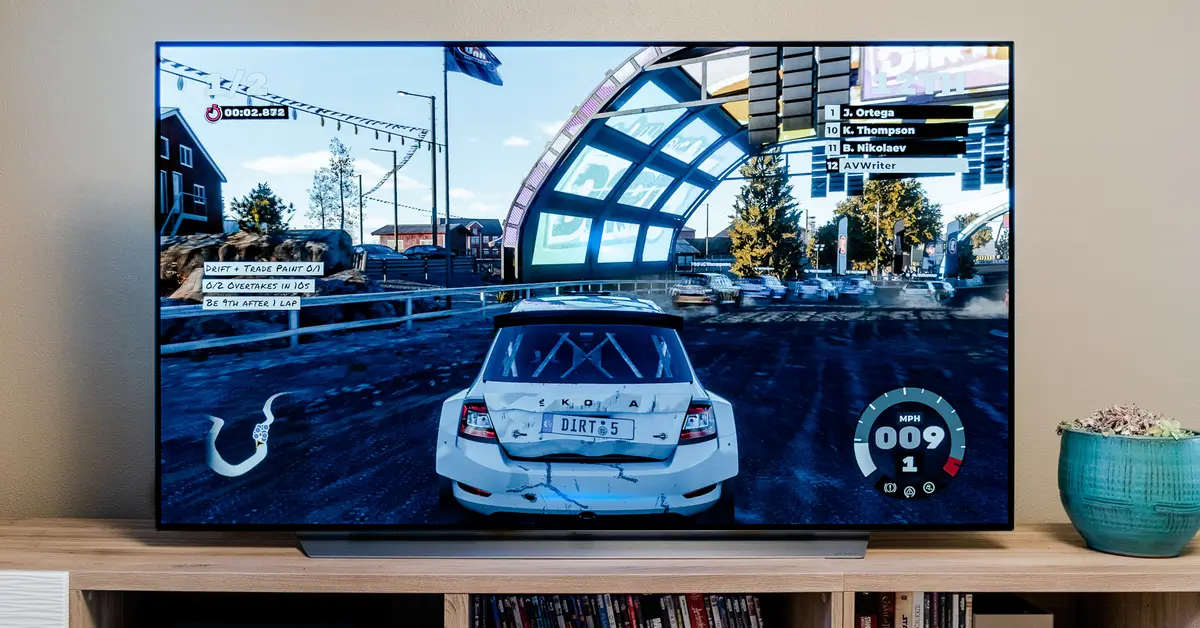
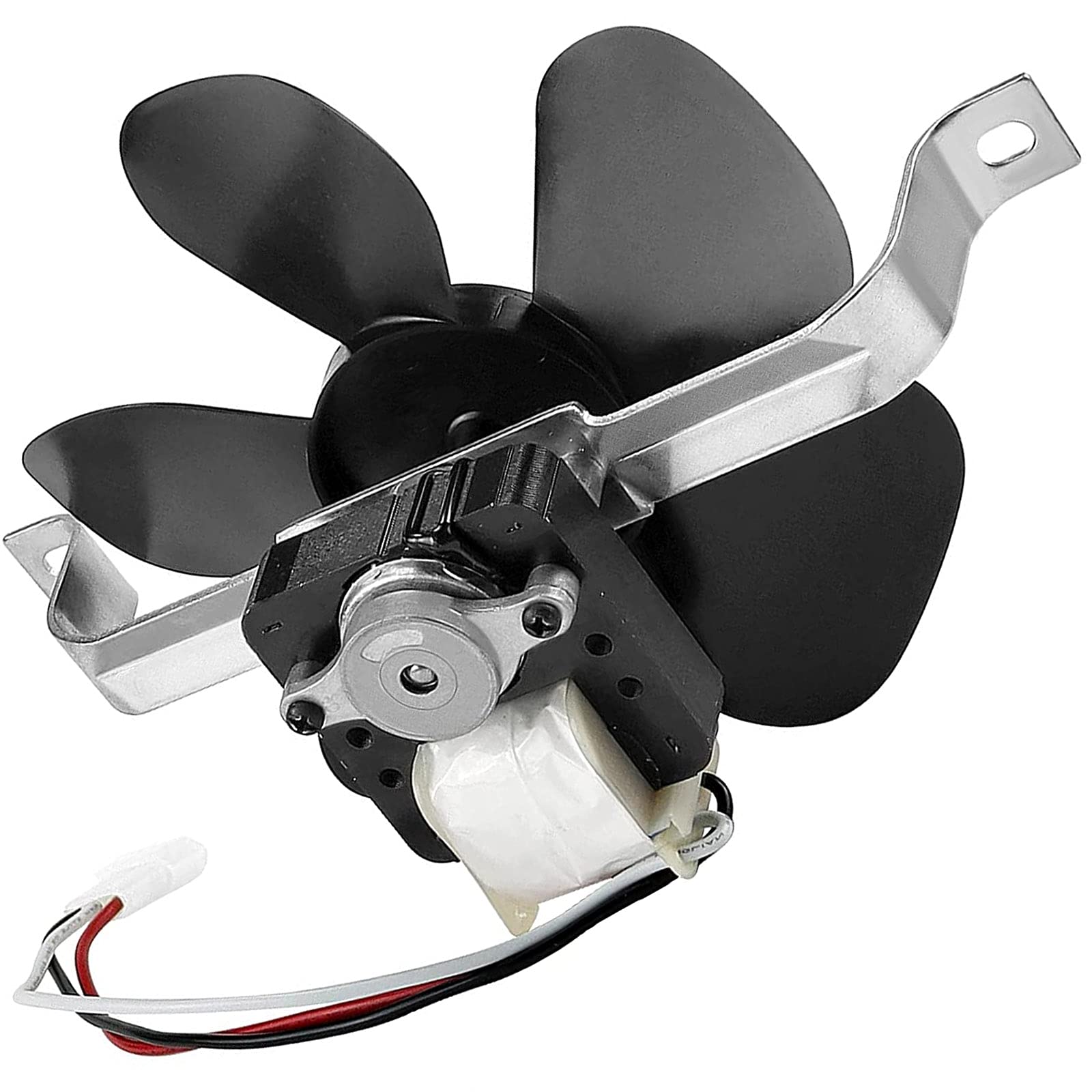
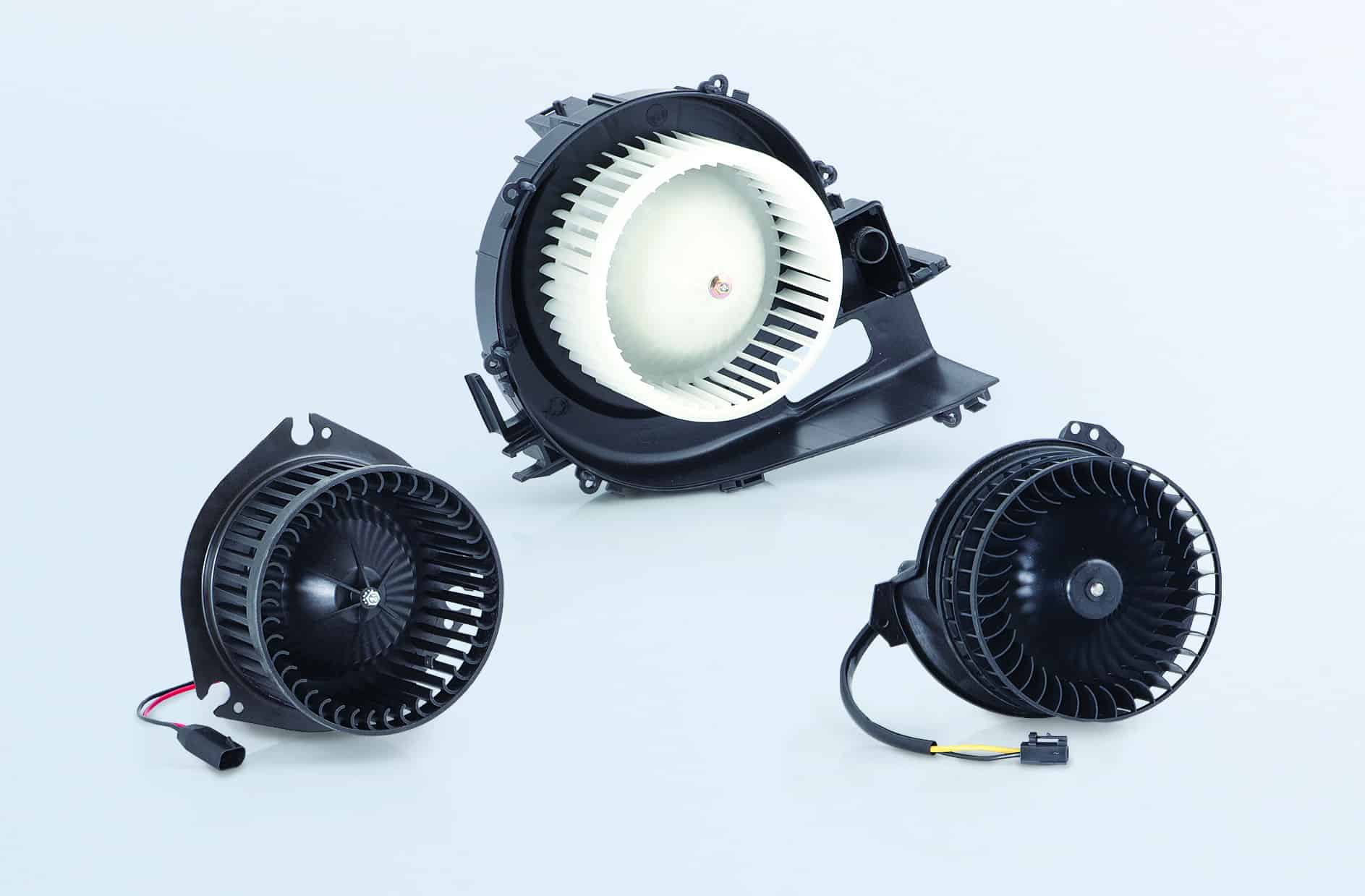
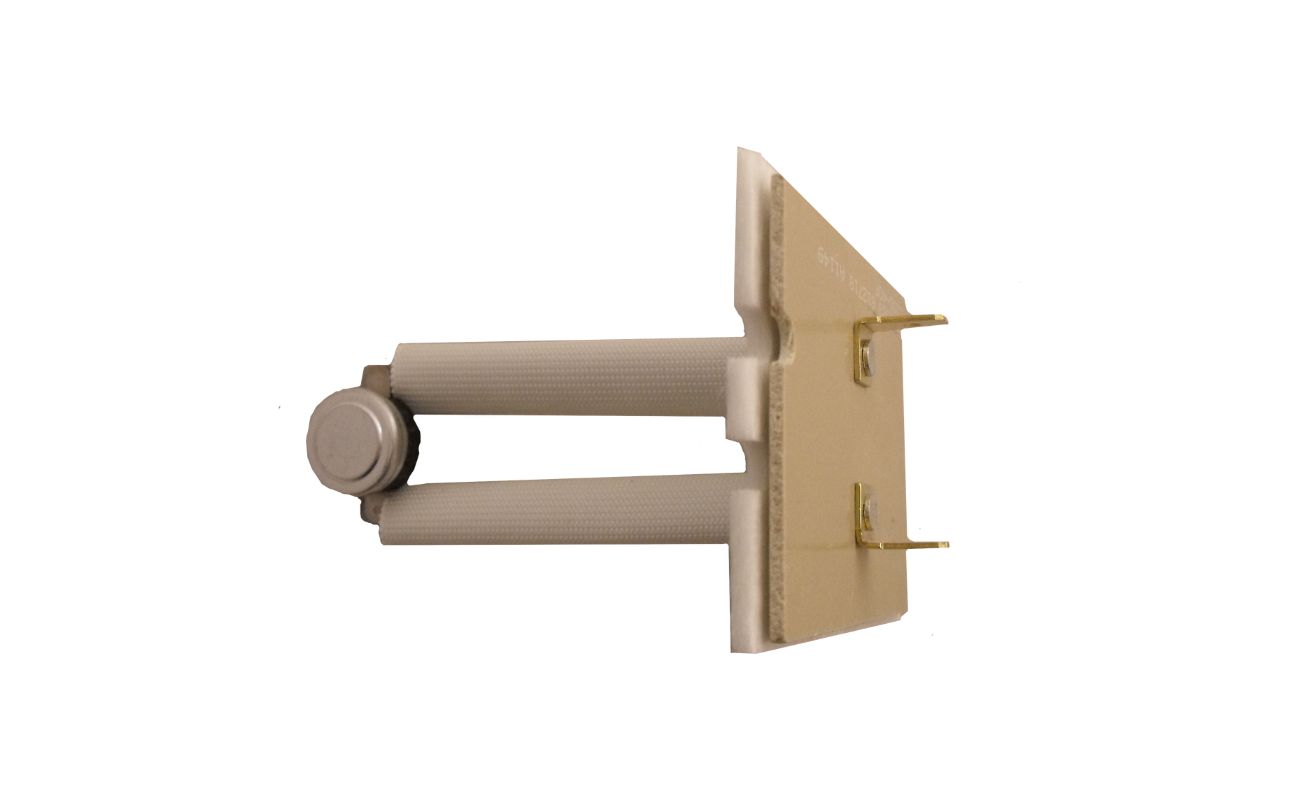





0 thoughts on “What Is The Purpose Of Having A Ventilation System On Board A Motorized Vessel”